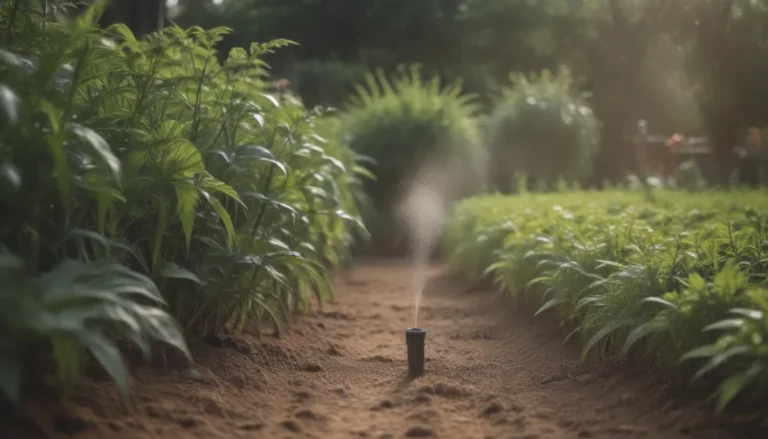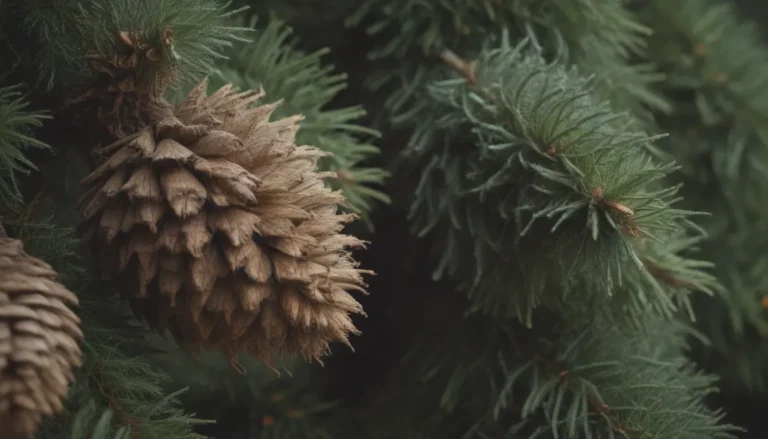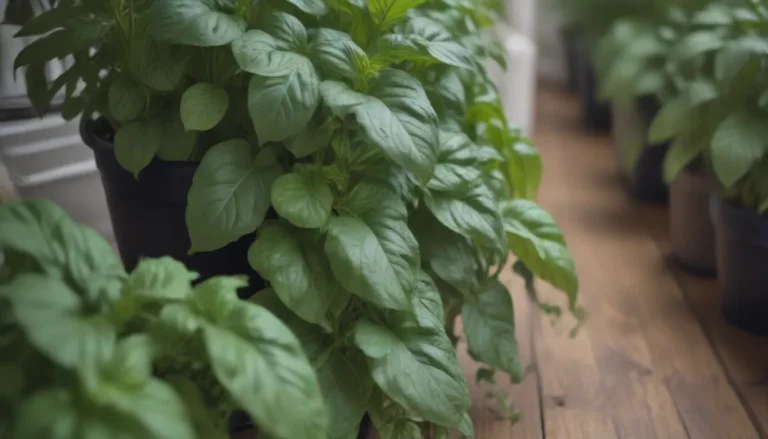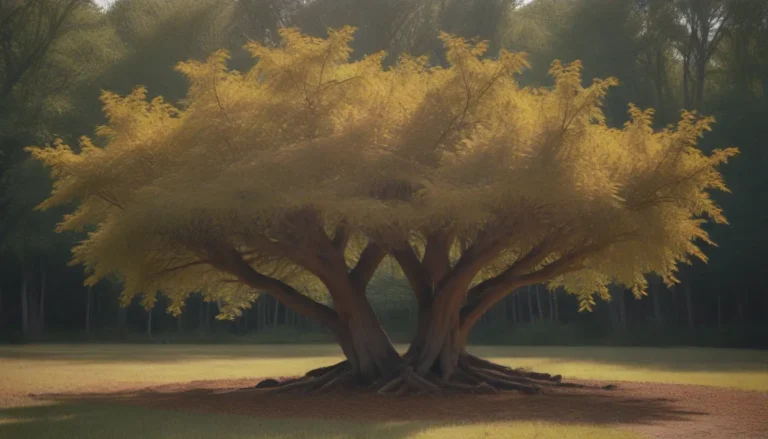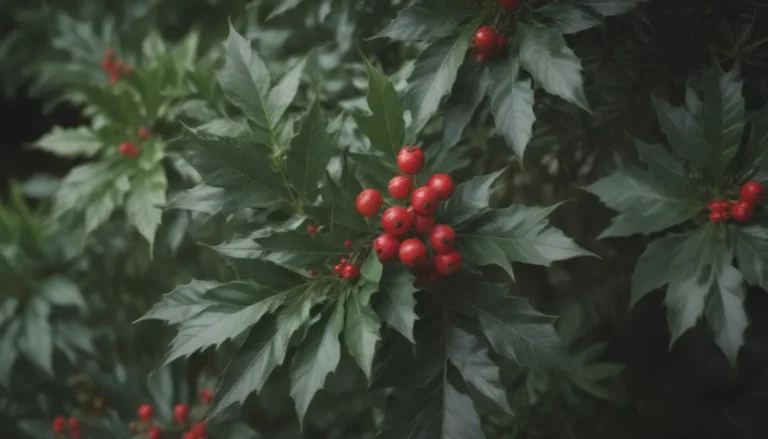Growing and Caring for White Fir Trees: A Comprehensive Guide
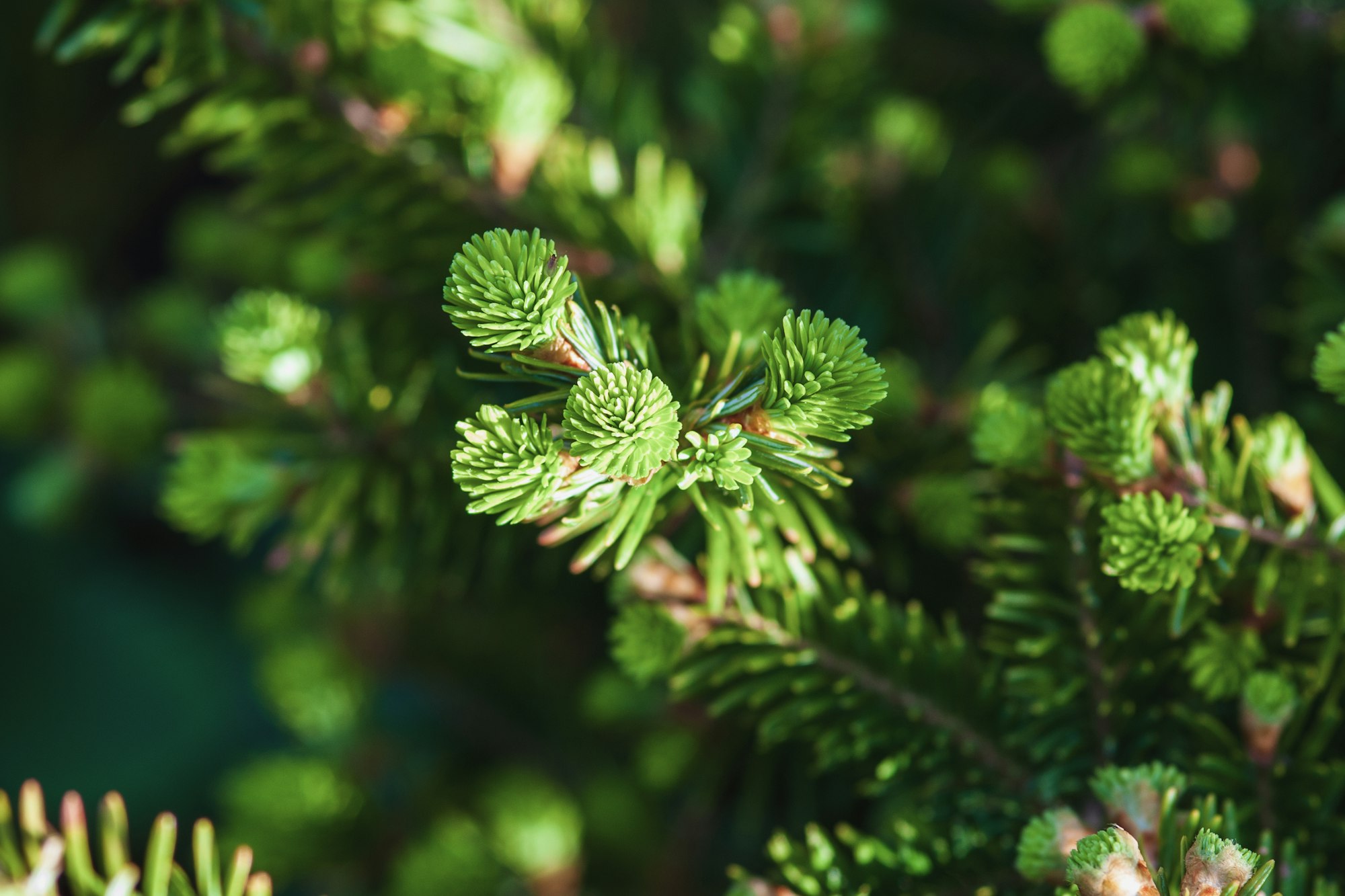
Welcome, tree enthusiasts and aspiring arborists! If you’ve ever been captivated by the majestic beauty of a white fir tree, you’re in for a treat. In this comprehensive guide, we’ll explore everything you need to know about growing and caring for these stunning evergreens. Whether you’re looking to add a touch of year-round greenery to your landscape or simply curious about these magnificent conifers, you’ve come to the right place. Let’s dive in and discover the wonderful world of white fir trees!
Understanding the White Fir
Before we get our hands dirty (literally!), let’s take a moment to appreciate what makes the white fir so special.
What is a White Fir?
The white fir (Abies concolor) is a species of true fir native to the mountains of western North America. Known for its striking silvery-blue to blue-green needles, this evergreen conifer can grow to impressive heights of 130-150 feet in its natural habitat. However, in cultivation, it typically reaches a more modest 30-50 feet, making it a popular choice for both large landscapes and smaller gardens.
Natural Habitat and Distribution
White firs are naturally found in the mountains of the western United States and Mexico, thriving at elevations between 3,900 and 10,500 feet. They’re particularly abundant in the Rocky Mountains and the Sierra Nevada range, where they form an important part of the subalpine forest ecosystem.
Characteristics and Appearance
What sets the white fir apart from other conifers? Here are some key features:
- Needles: The tree’s most distinctive feature is its needles. They’re typically 2-3 inches long, flat, and occur in two rows along the branches. The needles have a unique blue-green or silvery-blue color, which gives the tree its name.
- Bark: Young trees have smooth, gray bark with resin blisters. As the tree ages, the bark becomes thicker and develops furrows, turning a grayish-brown color.
- Cones: White firs produce upright cones that are 3-5 inches long. These cones are typically olive-green or purplish when young, maturing to brown.
- Shape: In the wild, white firs often have a narrow, conical shape. When grown in open areas, they can develop a broader, more pyramidal form.
Planting Your White Fir
Now that we’re acquainted with this beautiful tree, let’s talk about how to plant one in your own space.
Choosing the Right Location
White firs are adaptable, but they do have some preferences when it comes to their growing environment:
- Sunlight: These trees thrive in full sun to partial shade. In hotter climates, they may appreciate some afternoon shade.
- Soil: White firs prefer well-drained, slightly acidic soil. They can tolerate a range of soil types but don’t do well in heavy clay or waterlogged conditions.
- Space: Remember that while white firs grow more slowly in cultivation, they can still reach significant heights. Ensure you have enough vertical and horizontal space for your tree to mature.
- Climate: White firs are hardy in USDA zones 3-7. They prefer cooler climates and may struggle in areas with hot, humid summers.
When to Plant
The best time to plant a white fir is in the early spring or fall when the weather is cool and rainfall is more frequent. This gives the tree time to establish its root system before facing the stress of summer heat or winter cold.
Planting Process
- Dig the hole: Make it twice as wide as the root ball and just as deep.
- Prepare the soil: Mix some organic matter into the soil you’ve removed from the hole.
- Position the tree: Place it in the hole, ensuring it’s at the same depth it was in its container.
- Backfill: Fill the hole with the prepared soil, firming it gently as you go.
- Water thoroughly: Give your newly planted tree a good, deep watering to help settle the soil.
- Mulch: Apply a 2-3 inch layer of organic mulch around the base of the tree, keeping it away from the trunk.
Caring for Your White Fir
Congratulations! You’ve planted your white fir. Now, let’s ensure it thrives with proper care.
Watering
White firs have moderate water needs. Here’s how to keep them hydrated:
- New trees: Water deeply once a week during the first growing season.
- Established trees: They’re relatively drought-tolerant once established but benefit from occasional deep watering during dry spells.
- Winter watering: In dry winter climates, water your tree occasionally when the ground isn’t frozen to prevent winter desiccation.
Remember: Overwatering can be just as harmful as underwatering. Always check the soil moisture before watering.
Fertilizing
White firs generally don’t require heavy fertilization, especially if planted in nutrient-rich soil. However, if your tree seems to be struggling or you want to give it a boost:
- Apply a balanced, slow-release fertilizer in early spring before new growth begins.
- Use a fertilizer formulated for evergreens or conifers.
- Always follow the package instructions to avoid over-fertilizing, which can damage the tree.
Pruning
One of the joys of growing white firs is that they require minimal pruning. Here are some guidelines:
- Remove dead, diseased, or damaged branches as needed.
- If you want to control the size or shape, prune in late winter or early spring before new growth starts.
- Never remove more than 25% of the live branches in a single year.
Winter Care
White firs are well-adapted to cold climates, but young trees may benefit from some winter protection:
- Wrap the trunk with burlap or tree wrap to prevent sun scald.
- In areas with heavy snow, gently brush off accumulated snow to prevent branch breakage.
- Apply a layer of mulch in late fall to protect the roots from freeze-thaw cycles.
Common Problems and Solutions
Even with the best care, your white fir may encounter some challenges. Here’s how to address common issues:
Pests
- Spider mites: These tiny pests can cause needle discoloration. Control them with insecticidal soap or neem oil.
- Adelgids: These sap-sucking insects can weaken the tree. Treat with horticultural oil in early spring.
- Bark beetles: These can be serious pests. Prevent infestations by keeping your tree healthy and stress-free.
Diseases
- Root rot: Caused by overwatering or poor drainage. Prevent by ensuring good soil drainage and avoiding overwatering.
- Needle cast: A fungal disease causing needle drop. Control with fungicides and by improving air circulation around the tree.
- Canker diseases: These can cause branch dieback. Prune affected areas and improve tree health to prevent spread.
Environmental Issues
- Winter burn: Caused by drying winds and bright winter sun. Protect young trees with burlap screens.
- Drought stress: Can lead to needle drop and overall decline. Water deeply during dry periods.
- Salt damage: Common in areas where road salt is used. Avoid planting near roads or use salt-tolerant varieties.
Landscaping with White Firs
Now that you’re equipped with the knowledge to grow and care for white firs, let’s explore some creative ways to incorporate them into your landscape:
As a Focal Point
With their striking blue-green needles and elegant form, white firs make excellent specimen trees. Plant one in a prominent spot where it can be admired from multiple angles.
Creating Privacy Screens
While they grow slowly, a row of white firs can eventually form an effective and beautiful privacy screen or windbreak.
Mixed Conifer Gardens
Combine white firs with other evergreens like spruce, pine, or juniper for a diverse and eye-catching conifer garden.
Wildlife Habitat
White firs provide shelter and food for various wildlife. Plant them as part of a wildlife-friendly landscape to attract birds and small mammals.
Christmas Trees
With their perfect conical shape and fragrant needles, white firs make excellent Christmas trees. Consider planting a few to harvest for future holidays!
Fun Facts and Trivia
To round off our guide, here are some interesting tidbits about white firs:
- The scientific name Abies concolor means “same-colored fir,” referring to the needles’ uniform color.
- Native Americans used white fir bark for medicinal purposes and the wood for canoes.
- The wood of white firs is soft and light, making it popular for construction and paper production.
- Some white firs in the wild have been documented to live for over 300 years!
Conclusion
Growing and caring for white fir trees can be a rewarding experience for any gardener or tree enthusiast. These majestic conifers offer year-round beauty, environmental benefits, and a touch of the mountain wilderness right in your backyard. With the right care and attention, your white fir can become a cherished part of your landscape for generations to come.
Remember, every tree and every garden is unique. Don’t be afraid to experiment and learn as you go. The journey of growing a white fir from a small sapling to a towering evergreen is filled with learning opportunities and moments of awe.
So, are you ready to bring a piece of the mountains to your home? With this guide in hand, you’re well-equipped to start your white fir adventure. Happy planting!
